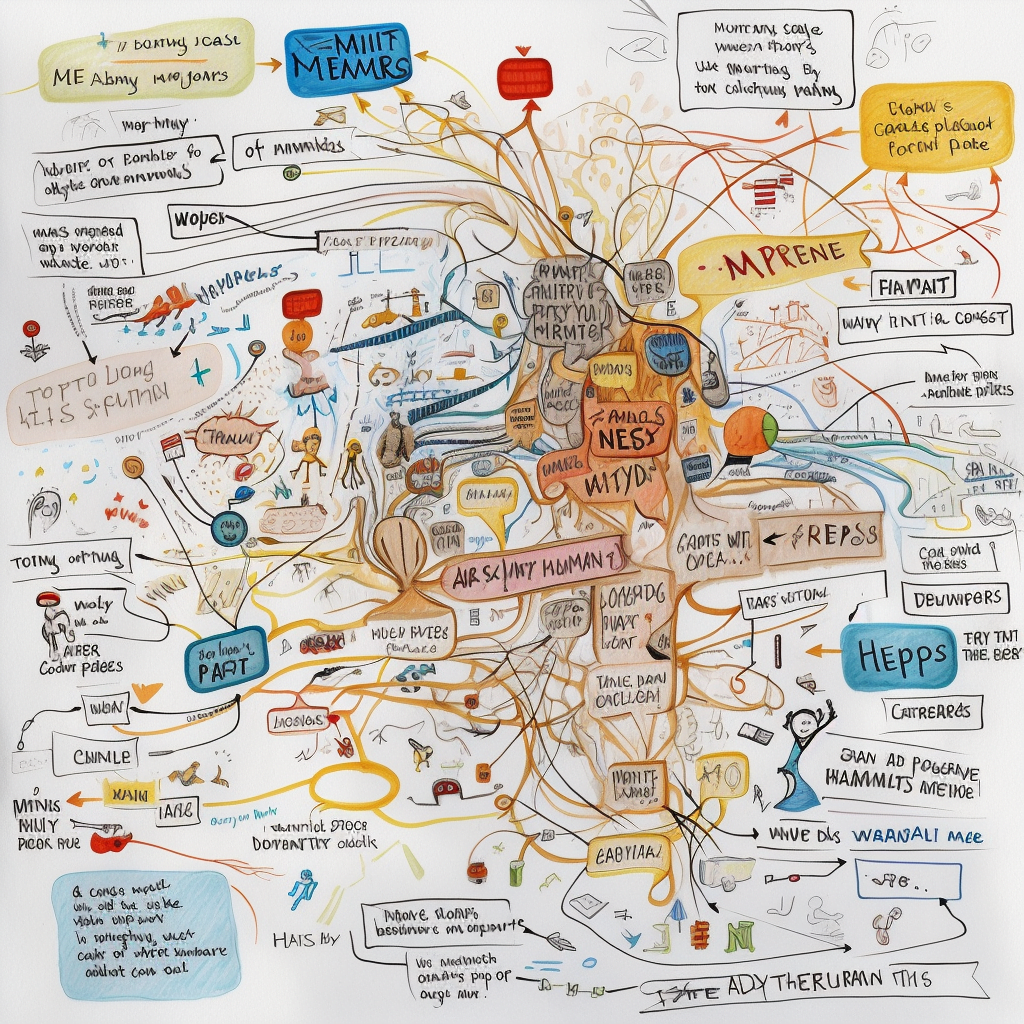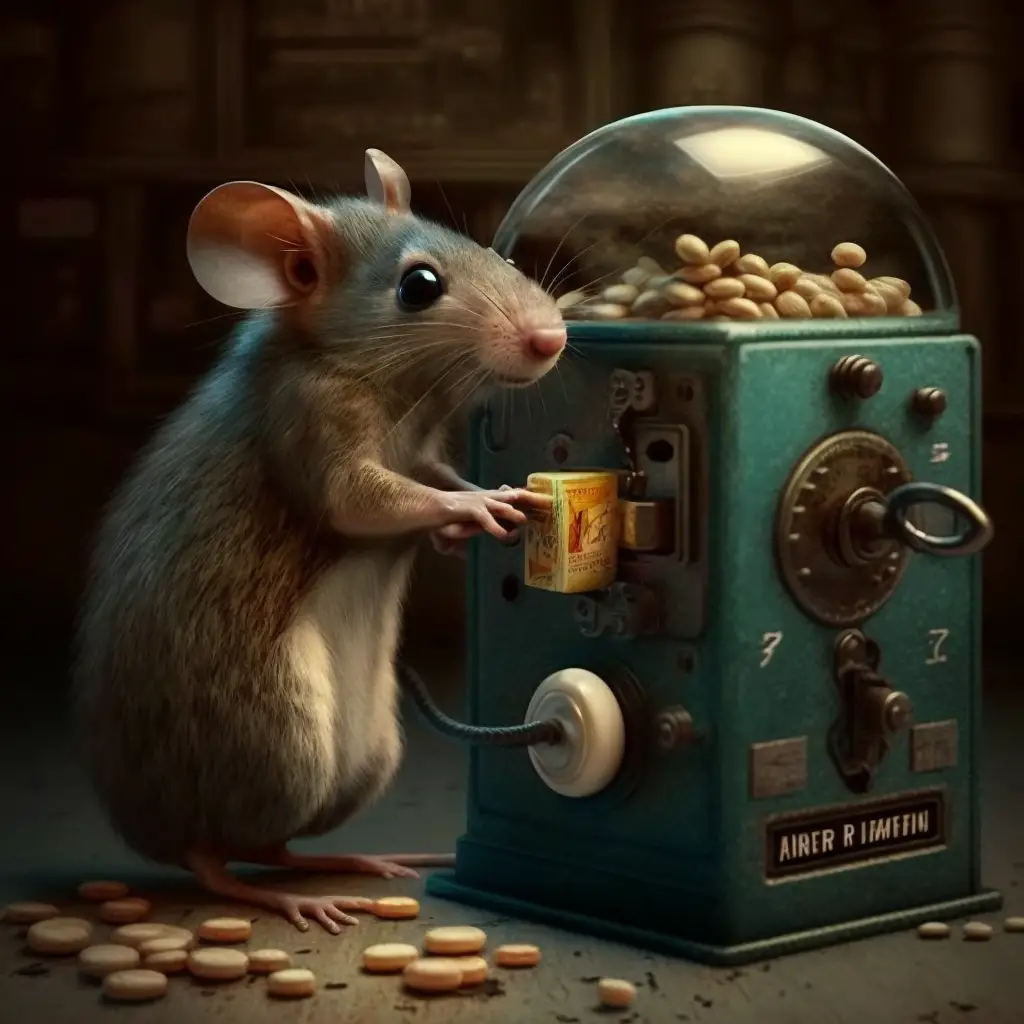
Elaborative Rehearsal is a memory technique that involves associating new information with pre-existing knowledge to facilitate long-term retention and recall.
Let’s say you’re trying to remember the name of a person you just met named Bill. Using elaborative rehearsal, you might make connections between Bill and other things you know. Maybe he has the same name as your uncle, or he’s from the same town as your favorite musician.
By creating these associations, you’re more likely to remember Bill’s name later on because it’s now linked to other information that’s already stored in your long-term memory. It’s like making a new friend and introducing them to your other friends – they’re more likely to stick around in your social circle!
What is Elaborative Rehearsal?
Elaborative rehearsal is all about making associations and connections between new information and knowledge that’s already in your brain. Think of it like a puzzle – you’re taking the new pieces and fitting them together with the ones you already have.
Let me give you an example.
Imagine you meet someone named Bob. Now, Bob’s a pretty common name, so it might be hard to remember it on its own. But, if you associate Bob with something that’s unique and memorable, you’re more likely to remember it. Maybe you think of Bob as a big, friendly bear. Or, maybe you imagine Bob wearing a bright orange hat. Whatever it is, that association creates a personalized connection between the new information (Bob’s name) and something you already know (the bear or the hat). And, that’s what elaborative rehearsal is all about – creating a memorable connection.
When you first learn something, it’s stored in your short-term memory. But, as you probably know, short-term memory only lasts for about 30 seconds. So, if you want to remember something for the long haul, you need to transfer it to your long-term memory.
And that’s where elaborative rehearsal comes in. By creating these personalized associations, you’re giving the new information a deeper level of processing, which makes it more likely to stick around in your long-term memory.
But, this isn’t just some fun, fluffy idea – there’s actual science behind it! Back in 1972, researchers Fergus Craik and Robert Lockhart came up with a memory model that showed how the depth of information processing is directly related to long-term recall. Basically, the more meaning you can create from the information, the better you’ll be able to remember it.
And, that’s exactly what elaborative rehearsal does – it helps you create those meaningful connections that improve retention.
Elaborative Rehearsal Vs Maintenance Rehearsal
Elaborative Rehearsal involves making connections and associations to previously learned information to move concepts into long-term memory, while Maintenance Rehearsal is the simple repetition of information that is only temporarily held in memory, emphasizing that the depth of processing achieved by elaborative rehearsal, not just time spent reviewing information, leads to better long-term recall.
Examples of Elaborative Rehearsal
Elaborative rehearsal involves the formation of associations and connections between new information and knowledge that has already been learned. Here are a few examples of how elaborative rehearsal can be used:
- Mnemonics: One way to create an association is to use mnemonics. For example, to remember the order of the planets in our solar system (Mercury, Venus, Earth, Mars, Jupiter, Saturn, Uranus, Neptune, and Pluto), you could use the sentence “My very eager mother just served us nine pizzas.” This creates a connection between the first letter of each word in the sentence and the first letter of each planet.
- Personal connections: Making connections between new information and personal experiences or memories can also be effective. For instance, to remember that the capital of France is Paris, you might recall a trip you took to Paris and associate the Eiffel Tower with the name of the city.
- Visualization: Creating a mental image or visualizing the information can also aid in retention. For example, to remember that the chemical symbol for gold is “Au,” you might imagine a shiny gold ring with the letters “Au” engraved on it.
- Chunking: Breaking up large amounts of information into smaller, more manageable chunks can also make it easier to remember. For instance, to remember a long string of numbers, you might break them up into groups of three or four digits.
By using elaborative rehearsal techniques, individuals can move information from short-term memory to long-term memory, making it easier to recall later on.




